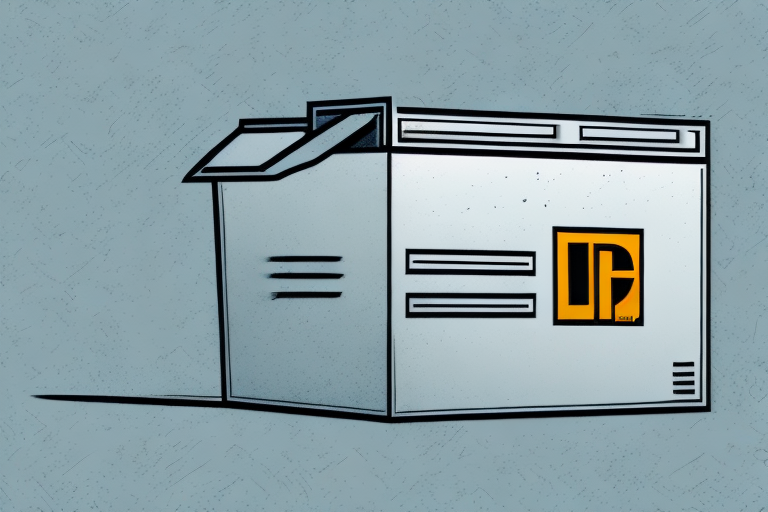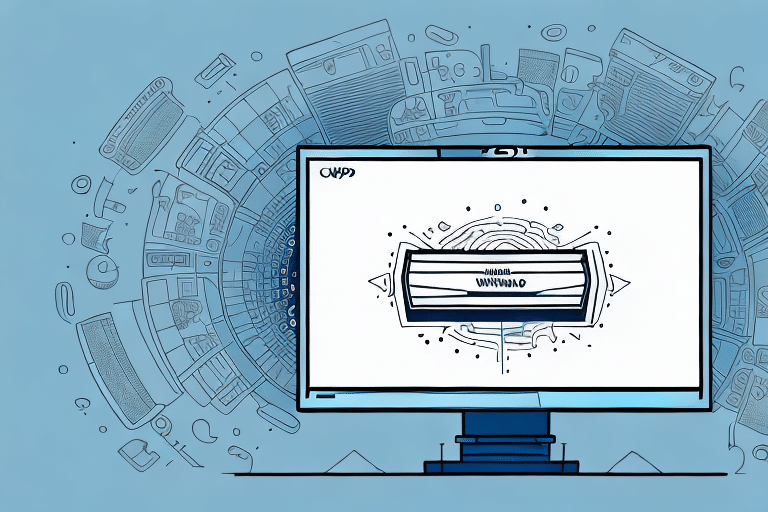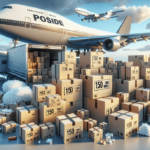Why an Extra Large UPS Box is Essential for Shipping
Handling Large and Bulky Items
When shipping items that exceed standard size or weight limits, such as machinery, large electronics, or multiple combined products, an extra large UPS box provides the necessary space and structural support. UPS defines oversized shipments as those weighing more than 70 pounds or with aggregate dimensions exceeding 130 inches. Using the appropriate box ensures compliance with UPS shipping guidelines.
Protecting Multiple Items
Businesses often need to send several products in one shipment to streamline fulfillment operations. An extra large UPS box allows for bundling multiple items securely, reducing the risk of individual packages getting lost or delayed. This approach not only simplifies logistics but can also result in discounted shipping rates.
Cost-Effective Shipping
By consolidating multiple items into a single, larger package, shippers can take advantage of bulk shipping discounts offered by UPS. This method typically proves more economical compared to shipping the same items separately in standard-sized boxes.
How to Choose the Right Size and Weight for Your UPS Box
Measuring Your Package
Accurately measuring the size of your package is critical. Use a tape measure to determine the length, width, and height of your items. The volumetric weight can be calculated using UPS's formula: Volume (in cubic inches) = Length x Width x Height / 166. This calculation helps determine billing weight, which may be used if it exceeds the actual weight.
UPS Weight and Size Restrictions
Understanding UPS's weight and size limitations ensures that your package meets their shipping criteria. According to UPS, packages should not exceed 165 pounds in weight and usually should not surpass 108 inches in combined length and girth. Exceeding these limits may result in additional fees or shipment rejections. Refer to the UPS Packaging Guidelines for detailed information.
Selecting the Correct Box Type
UPS offers a range of box sizes tailored to various shipping needs. When selecting an extra large UPS box, consider not only the size of your items but also the nature of their fragility and the level of protection required. It's advisable to use boxes made from sturdy materials like corrugated fiberboard to ensure durability during transit.
Benefits of Using Extra Large UPS Boxes
Enhanced Protection
Extra large UPS boxes are constructed from robust materials that provide superior protection against external impacts. When combined with appropriate cushioning, they ensure that your items remain safe from damage during handling and transportation.
Professional Appearance
Using branded UPS boxes conveys a professional image to recipients, reflecting positively on your business. A well-packaged shipment can enhance customer satisfaction and trust in your services.
Environmental Advantages
Consolidating shipments into larger, fewer packages reduces the overall amount of packaging materials used, contributing to environmental sustainability. Additionally, UPS offers carbon-neutral shipping options, allowing businesses to mitigate their carbon footprint.
Types and Materials of Extra Large UPS Boxes
Reusable Boxes
Reusable UPS boxes are designed for multiple shipments, offering a sustainable and cost-effective packaging solution. These boxes are built to withstand repeated use, making them ideal for businesses with frequent shipping needs.
Hazardous Materials Boxes
When shipping hazardous materials like chemicals or batteries, specialized UPS boxes must be used to comply with safety regulations. These boxes are designed to safely contain dangerous goods and prevent leaks or damage during transit. Refer to the UPS Hazardous Materials Shipping Page for more information.
Fragile Item Boxes
For delicate items such as electronics, glassware, or artwork, UPS offers Fragile Boxes that include additional padding and sturdiness to prevent breakage during shipping.
Materials: Corrugated, Plastic, and Metal
Extra large UPS boxes are predominantly made from corrugated fiberboard due to its strength and rigidity. However, depending on the specific requirements, boxes may also be constructed from lightweight plastic for waterproofing or heavy-duty metal for maximum durability, particularly when transporting high-value or sensitive items.
Packing and Shipping Tips for Extra Large UPS Boxes
Proper Cushioning and Sealing
Use high-quality cushioning materials like packing peanuts, air pillows, or foam inserts to fill any void spaces and absorb impact. Ensure that items fit snugly within the box to prevent movement during transit. Seal the box securely with reinforced packaging tape to minimize the risk of opening or tearing during handling.
Weight Distribution
Distribute weight evenly within the box to maintain balance and prevent the package from tipping over. Place heavier items at the bottom and lighter items on top, ensuring that the overall weight does not exceed UPS's specified limits for extra large boxes.
Labeling and Documentation
Clearly label your package with accurate shipping information, including the recipient's address, return address, and any necessary handling instructions. Including a UPS tracking number on the label allows both sender and recipient to monitor the shipment's progress.
Shipping Fragile Items
For fragile items, consider double-boxing: place the item in a smaller box with cushioning, then insert that box into the extra large UPS box with additional padding. Clearly mark the package with "Fragile" to alert handlers to treat it with care.
Cost Comparison: Extra Large UPS Boxes vs. Other Packaging Options
Cost Factors
The cost of shipping via an extra large UPS box depends on factors such as weight, dimensions, destination, and speed of delivery. Generally, extra large boxes are more cost-effective for shipping heavy or bulky items compared to standard-sized boxes or alternative packaging solutions like wooden crates.
Protection vs Cost Balance
While more expensive packaging options like custom-made boxes or metal crates may offer higher levels of protection, extra large UPS boxes provide a balance between adequate protection and affordability. The additional cushioning and sturdy construction of UPS boxes often eliminate the need for pricier alternatives, especially for non-fragile items.
Common Mistakes to Avoid with Extra Large UPS Boxes
Overstuffing the Box
Packing too many items or excessive cushioning can make the box overly heavy, potentially leading to increased shipping costs or structural failure during transit. Follow UPS guidelines on maximum weight and size to avoid these issues.
Inadequate Cushioning
Insufficient padding can result in items shifting or being damaged during handling. Always use appropriate cushioning materials to secure the contents and prevent movement within the box.
Poor Labeling
Incorrect or unclear labeling can lead to delivery delays or misrouting. Ensure all labels are accurate, legible, and securely attached to the package.
Tracking Your Shipment Sent in an Extra Large UPS Box
Using UPS Tracking Tools
UPS provides robust tracking tools that allow you to monitor your shipment in real-time. By entering your tracking number on the UPS Tracking Page or using the UPS mobile app, you can stay informed about your package's location and estimated delivery time.
Ensuring Safe Delivery
Regularly checking the tracking status helps you stay aware of any potential delays or issues during transit. In case of unexpected problems, contacting UPS customer service promptly can help resolve them and ensure that your package arrives safely.




















